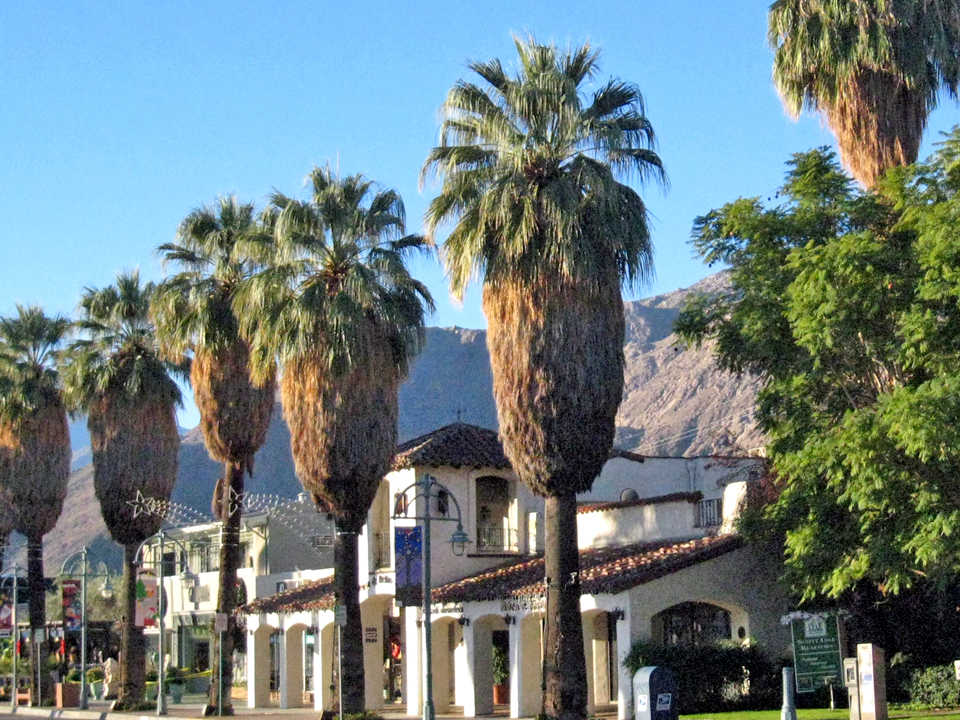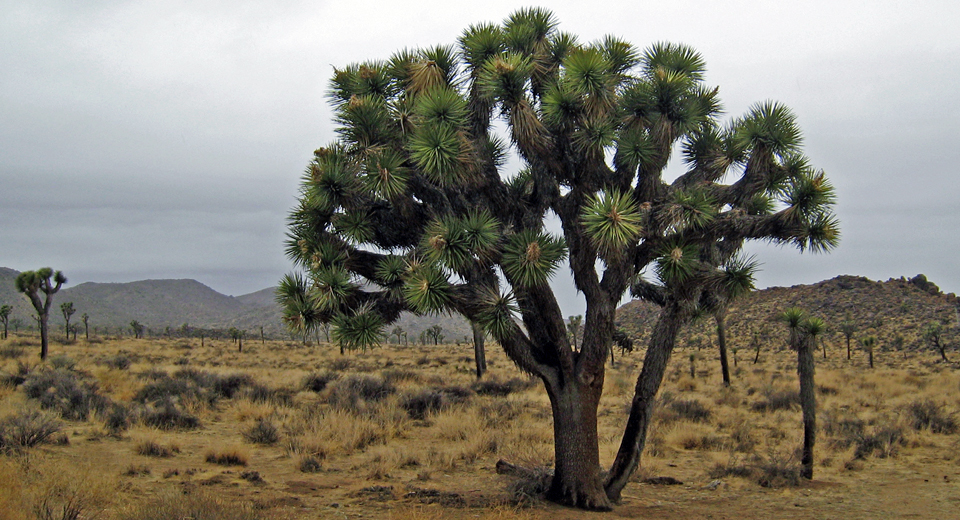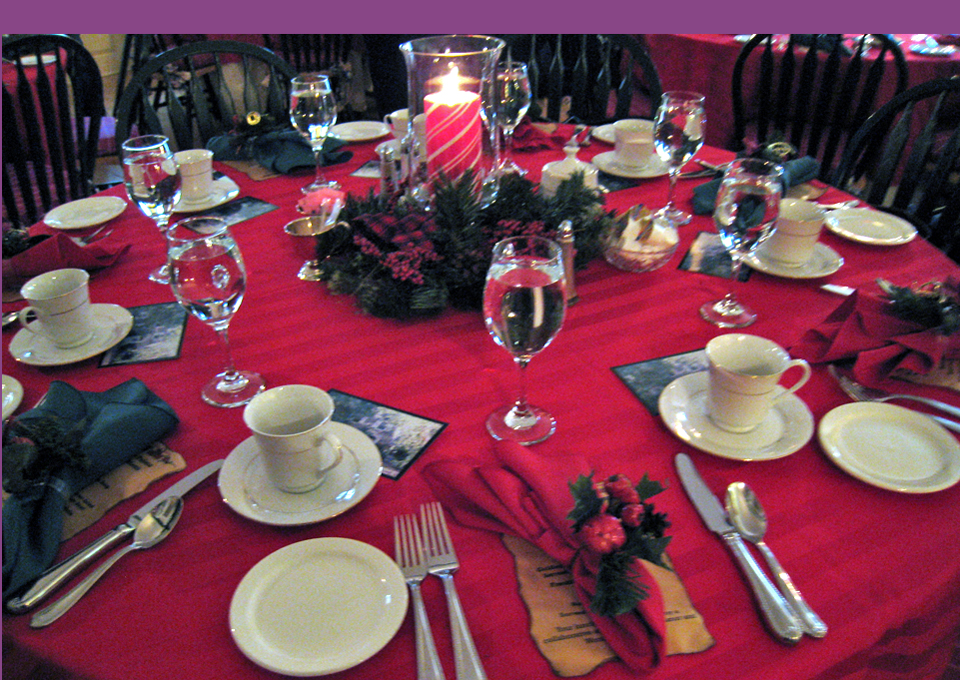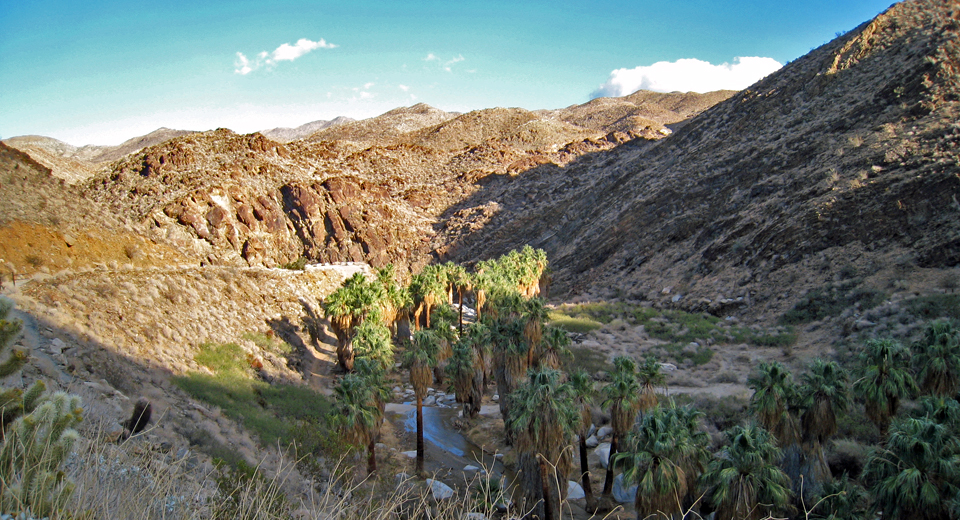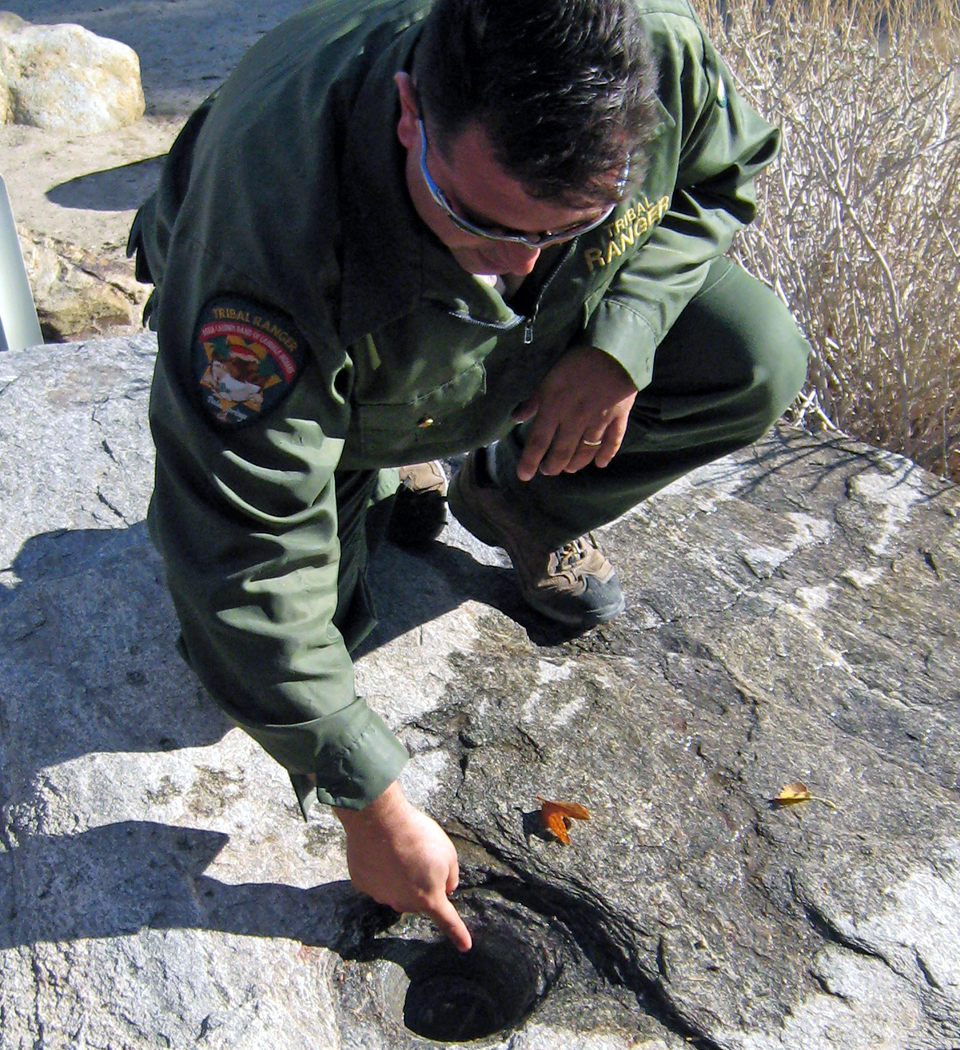Palm Springs, California: Sunny Days and Starry Nights in the California Desert
In downtown Palm springs you’ll find stars in the sidewalk and sunshine nearly every day of the year.
Walking past the Dale Chihuly glass on display, we headed for the open-air concourse named for former Mayor Sonny Bono. We were surrounded by towering palm trees and the stunning mountain views of Palm Springs, a star-studded oasis in the desert.
Palm Springs
Clark Gable, Elvis, Sophia Loren, Liberace, Elizabeth Taylor, Marilyn Monroe, Mickey Rooney, Chevy Chase and Presidents Reagan and Ford are but a few who discovered this desert paradise. You’ll find their names on the downtown Walk of Stars.
A favorite of Hollywood, this “Playground of the Stars”, is a two-hour drive from LA. The desert became a popular movie set, and celebrities like Lucy and Desi were often spotted in town. Little Shirley Temple learned to ride a bicycle here.
Palm Beach sizzles with showgirls, parades, festivals, museums, galleries, boutiques, and sunshine upwards of 360 days a year. It’s known as the world’s golf capital—popularized by such names as President Dwight Eisenhower and Arnold Palmer and events like the Bob Hope Golf Classic and Dinah Shore Golf Tournament.
Still Kicking…
Founder, producer and emcee Riff Markowitz saw potential in the Historic Plaza Theater where Jack Benny often broadcast his radio show. The glamorous performers in his Palm Springs Follies range in age from mid-50s to mid-80s(!)—no one under 50 allowed. All had careers in vaudeville or other major productions, working with world-class entertainers. You’ll leave this energetic show optimistic that regardless of age, the show isn’t over.
Palm Springs Art Museum and Annenburg Theater of Performance Art
Nestled into the base of the mountain, the area’s premier cultural institution– the Palm Springs Art Museum and Annenburg Theater of Performance Art—showcases modern and contemporary art of the American and Indian West. There are works by Remington, Warhol, Lichtenstein, Caldor, Moore, Picasso, Chihuly and so much more. The foyer is dominated by stunning bronze works by Deborah Butterfield and sapling sculptures by internationally acclaimed Patrick Doherty, whose work also appears on the Brown University campus. Entry is free during the Thursday night street fairs.
Examine the cockpit of a legendary plane at the Palm Springs Air Museum, home some of most famous and important World War II aircraft, like the dive bomber that won the Battle of Midway. Many of the volunteer staff are war veterans, and some flew these planes.
This is one of the few air museums that still fly the aircraft, and some have been used in films like Pearl Harbor and Mel Gibson’s Forever Young. This non-profit educational institution is working with the Library of Congress to record the oral histories of those who served on these legendary planes. Tom Brokaw narrates a feature on the sequence of events launching the US into the war.
Palm Springs Aerial Tramway
You’d need to take a road trip from Mexico’s Sonora Desert to Alaska’s Alpine fringe to travel through climate zones as different as those you’ll experience when you ascend 2 ½ miles on the Palm Springs Aerial Tramway. Visitors ascend nearly 6,000´ to the viewing platforms and 54 miles of nature trails of Mount San Jacinto State Park and Wilderness area.
There are viewing platforms at the summit and 54 miles of nature trails at the Palm Springs Aerial Tramway.
Views are spectacular from the world’s largest rotating tram car as it rotates up from the desert floor past rocky cliffs, providing a 360° view for all. In summer, it’s an escape from the desert heat– 40° cooler at the top. In winter, bring snowshoes or cross country skis or rent them at the Adventure Center. It’s a natural high.
City of Palm Springs Festival of Lights Parade
Festivals and special events abound, and this month the winter holiday season kicks off with the annual City of Palm Springs Festival of Lights Parade. This year the Red Hat Society joined in, along with llamas, big and small rigs, equestrians, floats, cars, walkers, bands, and rescued camels. Book a restaurant with a balcony along Palm Canyon Drive for a great view of the parade.
Agua Caliente Band of Cahuilla Indians
When Spanish Conquistadors arrived in 1772, they named the Cahuilla (Kaw-we-ah) Indian inhabitants “Agua Caliente” after the land’s hot mineral springs. Today’s map is dotted with names of Spanish saints, the legacy of Jesuit missionaries who followed. Once part of Mexico, this area became part the new state of California in 1850.
A decade later, to pay for a trans-continental railway, the US Government gave rights to odd-numbered one-mile sections of land ten miles on either side to railroads who built the tracks. In 1876 President Grant allocated 32,000 acres and established the Agua Caliente Indian Reservation.
Even numbered one-mile square sections of this “undesirable” desert, canyon, and mountainous land were deeded to the tribe, checkerboard-style–—including an area with a natural mineral spring—currently the site of the Spa Resort Casino in downtown Palm Springs. Tribal members now lease their land to major hotels and corporations.
There’s More…
At 35 million acres, California’s deserts are the size of the state of Virginia. The Mojave is characterized by spiky yuccas and towering Joshua Trees. The smallest of the four North American deserts, it’s a high desert (over 3,000′ elevation), making it a bit cooler and moister. Few plants and animals have adapted to this harsh environment, but in a spring that follows heavy rains wildflowers and cactus blooms create a canvas of color that should not be missed.
Joshua Tree National Park
There are massive boulders for rock climbers and wide open spaces for seekers of serenity at Joshua Tree National Park.
There are massive boulders for rock climbers, and wide open spaces for seekers of serenity. Its unique landscape is inspiration for artists–a magical sort of place where time seems to stand still.
The branches of the Joshua Tree reminded the Mormons of the upstretched arms of the Old Testament prophet Joshua who led the Israelites to the Promised Land.
When the Mormons arrived in the mid-1800s, they saw a tree that reminded them of the upstretched arms of the Old Testament prophet Joshua who led the Israelites to the Promised Land. They named the tree with dagger shaped leaves and upraised branches the Joshua Tree, and said it inspired them to their destination.
Minerva Hamilton Hoyt, “Apostle of the Cacti”, wanted to preserve and protect the animals, vegetation and native artifacts of this fragile desert from those exploiting it. She convinced President Franklin Delano Roosevelt to establish Joshua Tree Monument, which later became Joshua Tree National Park. There are short (.25-1.3 miles) walks along nature trails and more strenuous 3-16 miles trails.
To learn a bit about desert history and self-reliance, stop by the Desert Queen Ranch. The cattle rustling Haney brothers settled here and claimed a gold mine in the place of a man killed under suspicious circumstances by a Haney employee, naming it Desert Queen Mine. Caretaker and assessor Bill Keys claimed it from subsequent owners for unpaid wages. He and his family homesteaded, and used resourcefulness and scavenged materials from abandoned property to create a self-sufficient ranch.
Jailed at age 62 for killing a neighbor in a gunfight, Keys spent five years in San Quentin and was later pardoned. He went on to appear in Disney films, including a role as a prospector in The Wild Burro of the West. After wife Frances died, he sold the ranch to the government and is buried beneath a tombstone he cut himself from native stone.
Good vibrations
Integraton in Landers is a dome built on a geomagnetic vortex by an engineer and UFO enthusiast as a rejuvenation and time machine. Sound baths are offered in an acoustically perfect sound chamber, using quartz crystal singing bowls. This sonic healing is said to create a sense of peace and harmony of mind and body. Also in Landers is the award-winning Gubler Orchids, one of the oldest Orchid growers in the nation.
Twentynine Palms
The community of Twentynine Palms is home to a Marine base and “An Oasis of Murals” the outdoor art gallery of over twenty colorful murals on business walls depicting Mojave history and cultural heritage.
You’ll find all the comforts of a gracious home at Roughly Manor Bed and Breakfast Inn, where scrumptious food is served with style and a slice of history.
Prefer amenities to camping at the end of a long day in the high desert? There’s no better choice than Roughly Manor Bed and Breakfast Inn, an 80 year old native stone country manor with a rose garden on 25 lush acres. Relax in the pool and hot tub or simply sit in the shade of a palm tree and watch for a Great Horned Owl.
Two plush suites are in the main house and there are ten outer cottages with kitchenettes and private baths. Gary Peters, a retired Marine colonel, and his wife Jan serve scrumptious food with style and a slice of history. This was originally the home of Bill and Elizabeth Campbell, an heiress from Pasadena. It was sold to neighbor James Cagney and then to Allie Wrubel, who wrote Zippedy-Do-Dah, the score to Gone With the Wind, and The Lady from Twentynine Palms.
Pioneertown
Annie Oakley, the Cisco Kid, Judge Roy Bean— Over fifty films and television shows were shot in this desert mountain town in the 40s and 50s. Investors including Roy Rogers created this living movie set with facades of a 1870s frontier town—stables, jails, a saloon. Inside are an ice cream parlor, bowling alley, and motel.
For a touch of the Wild West, belly up to the bar at a former one pump gas station. It served as a cantina for several movies and then a biker burrito bar before becoming Pappy and Harriet’s Pioneertown Palace. This rustic roadhouse with neon lights is known for mesquite barbeque grub and live music. You never know who might stop by to play.
There’s a bar and pool room, dancing, deer heads, rope lights, and friendly service. The most popular dishes, according to our waitress Abby, who sported a Minnie Pearl style hat with dangling price tag, are the Santa Maria BBQ and baby back ribs.
Indian Canyons
Explore a foot trail through groves of skirted palms. Pass unique rock formations, waterfalls, rock art, and lush oases. Walk in the footsteps of Agua Caliente ancestors who gathered plants and seeds for food and medicine and used Mojave yucca and nolina leaves for sandals and basketweaving.
Discover ancient rock mortars in the canyon where the Agua Caliente Band of Cahuilla Indian women would grind mesquite beans and prepare meals.
Happy trails to you…
Whether you’re seeking the excitement of the city or the tranquility of the wilderness, you’ll find it in Palm Springs. Savor the cowboy and Indian spirit of the Old West, stargaze, soar to new heights, or experience rejuvenation in a mineral spa. Just be sure to take the time to discover the enchantment of the wilderness, the splendor of a desert sunset, and the grandeur of a tiny desert bloom.
The faster the eye is moving, the fewer things it will see. Barry Lopes, California Desert, A Worldly Wilds, 1987.
Did you know?
The two main industries of the Palm Springs area are tourism and agriculture. There are four growing seasons, and produce that is off-season elsewhere commands top dollar in places like Japan.
Agriculture in the desert? The Palm Springs area sits on a deep aquifer larger than the state of Rhode Island.
95% of all dates consumed in the US and South America are from date palm trees in the deserts of Southern California.
One of the windiest places in the world is in the Colorado Desert’s Coachella Valley, just outside Palm Springs. In a small pass through 10,000 foot mountains, the Venturi effect creates winds up to 120 mph. Wind farms supply 2% of California’s energy needs. Each of the 4500 windmills generates power for 195,000 houses.
About half of the world’s geothermally generated electricity is produced in California.

